Photo


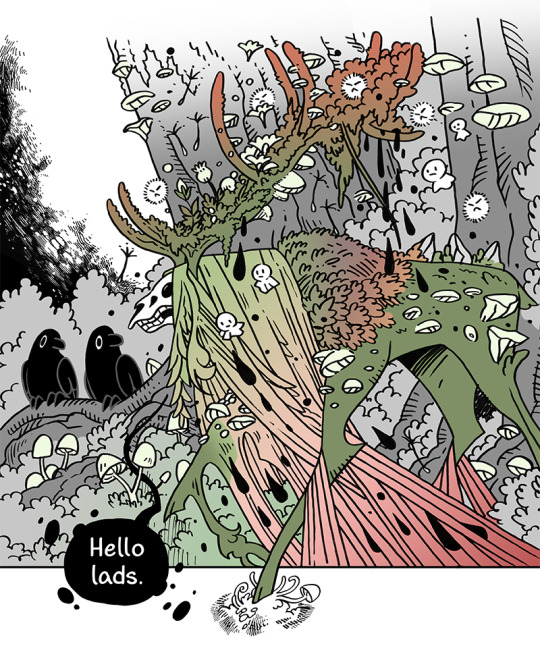
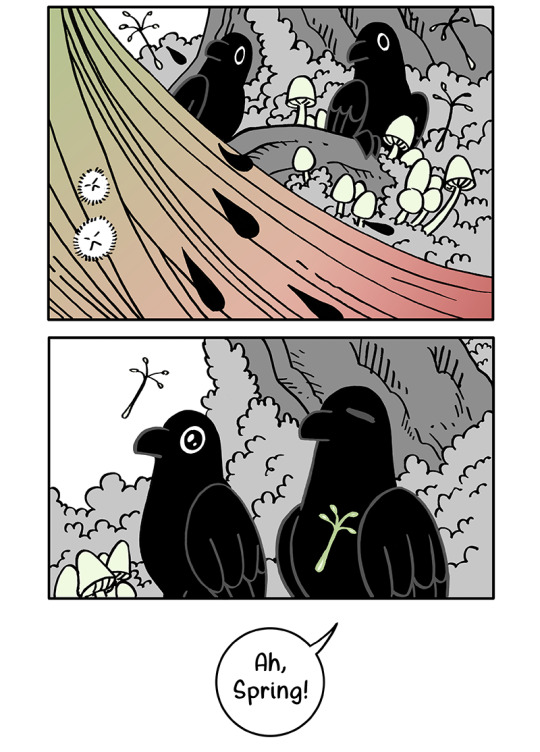
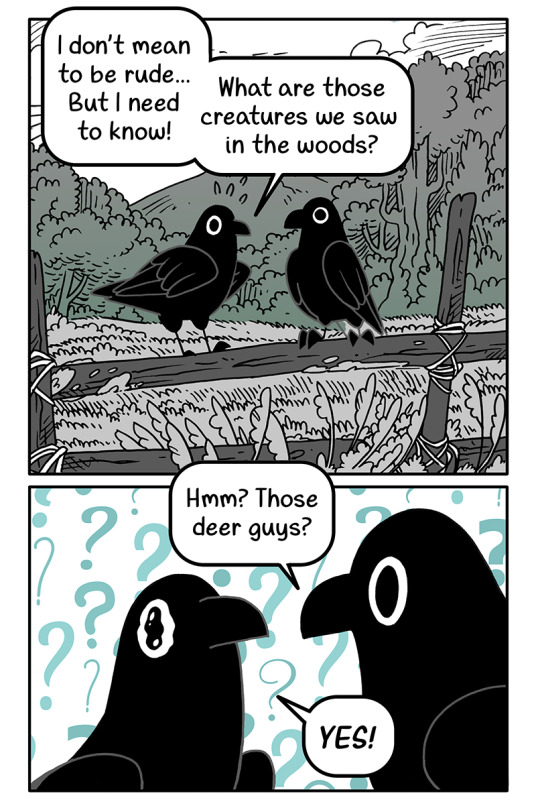
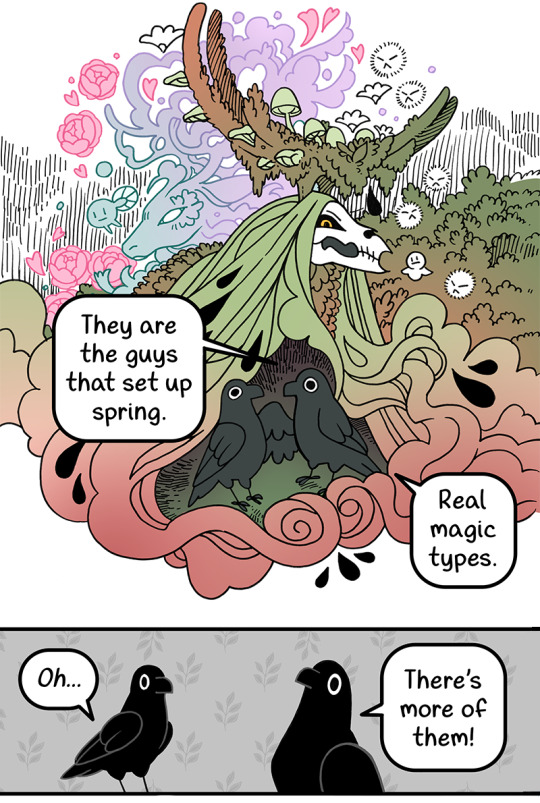
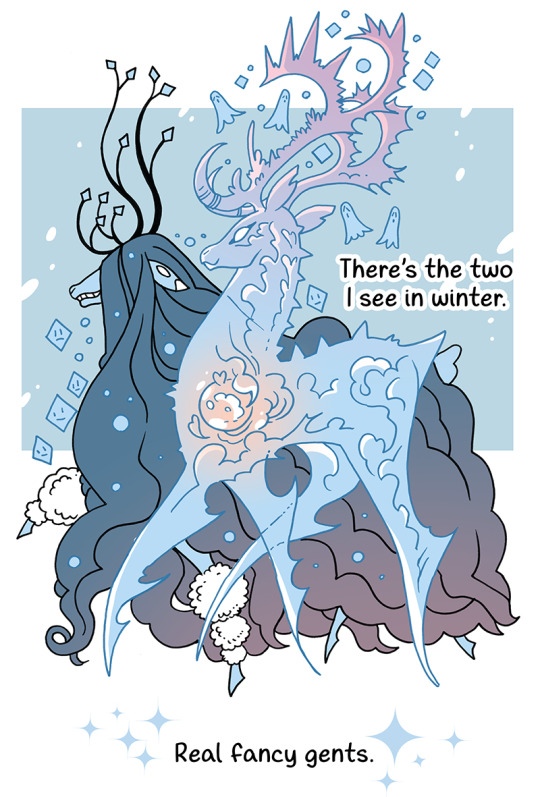
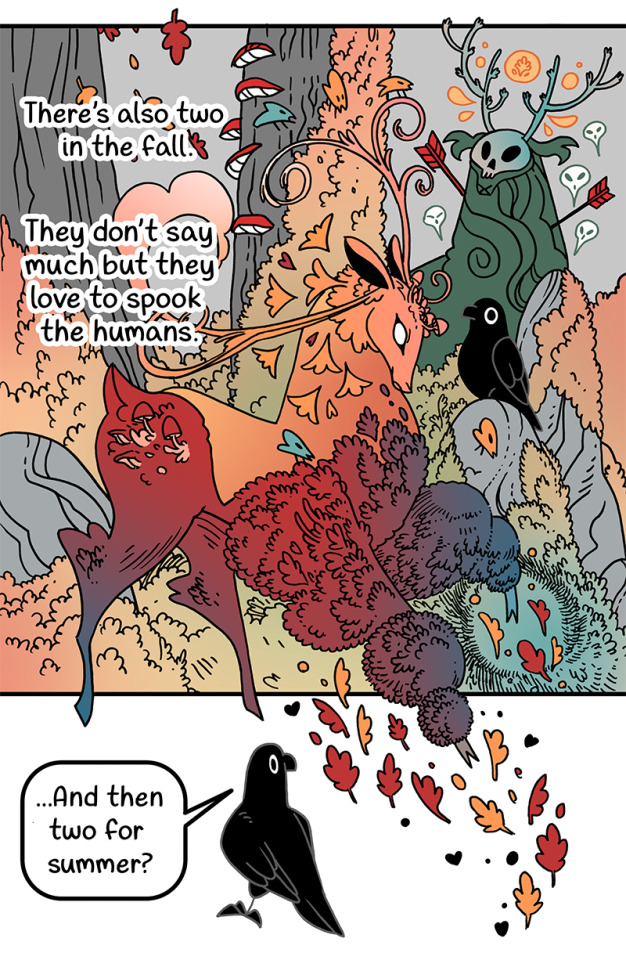


Check out my ongoing comic Crow Time. It has crows, and also neat pantheons of epic beasties.
312K notes
·
View notes
Text
Push & Pull Agriculture
@badboipointallocator introduced me to this method, a way to deter pests from crops without killing them!
Push–pull technology is an intercropping strategy for controlling agricultural pests by using repellent "push" plants and trap "pull" plants.
[...] intercropping a cereal crop with a repellent intercrop such as Desmodium uncinatum (silverleaf) (push), with an attractive trap plant such as Napier grass (pull) planted as a border crop around this intercrop. Gravid stemborer females are repelled from the main crop and are simultaneously attracted to the trap crop. (wikipedia)
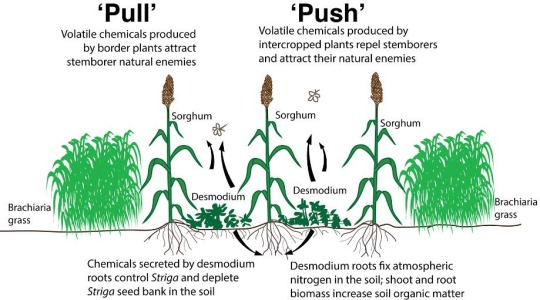
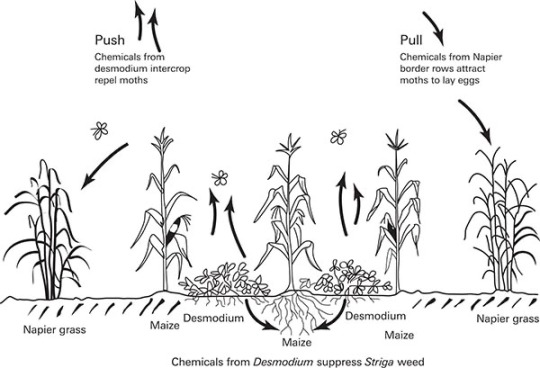
While I haven't tested out this concept in full, I have used nasturtiums as a trap (pull) plant to save my tomatoes from certain pests!
Of course, every staple crop requires different push and pull plants (and preferably a variety among those plant species, too), but it looks like a fun project to work on.
For example, Turnera Subulata attracts ants, while lemongrass repels them. While ants typically aren't a pest to crops, their presence can reduce pollination rates and ants tend to farm aphids, whom do damage crops.
For example, if ants are a problem among tomato plants, you can plant lemongrass between the tomatoes, while turnera subulata goes around the tomatoes and lemongrass (with a bit of distance between)
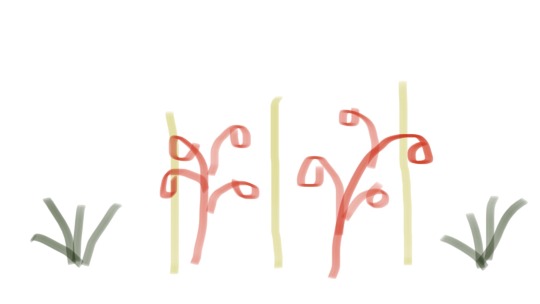
76 notes
·
View notes
Text
Please remember to ALWAYS ALWAYS ALWAYS quarantine new arrival fowl (or any animal, really).
Quarantine should last for AT LEAST 30 days, wherein the birds are completely separated from the rest of your flock. This time SHOULD be somewhat stressful for them; not “kill them from stress” stressful, but the amount of stress it would take for any underlying conditions to show. What you do not want is to allow them to sneak a disease through the quarantine period only to have it activate during the first stressful event they encounter out of it.
DURING that 30 days, if at all possible the birds should see a vet, and have a fecal test done, and if possible a gram stain. You should know your area’s local common diseases (here mycoplasma is extremely common, some vets estimate as high as 80% of flocks are infected, but Marek’s is incredibly rare; but over in NY, Marek’s is extremely common), and have the birds tested for them.
AFTER the 30 days, assuming that they came back negative and had clear results and/or you’ve treated them AND had them cleared after treatment, you can add a single bird from your existing flock to their cage for another two weeks. This will show you 2 things: if the new arrival is carrying something transmissible that was missed, and whether your flock has something transmissible you need to investigate.
AFTER that, if no birds show signs of illness, then you can add the new birds to the flock.
You should do this EVEN IF THE BIRD(S) LOOK HEALTHY.
Keep reading
372 notes
·
View notes
Photo

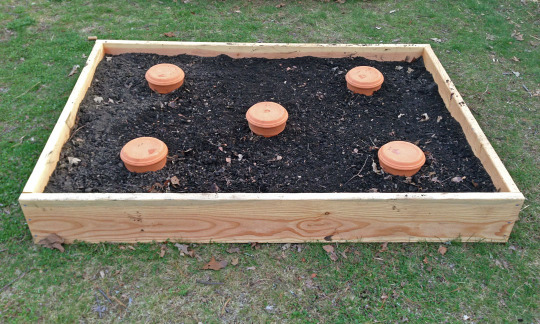
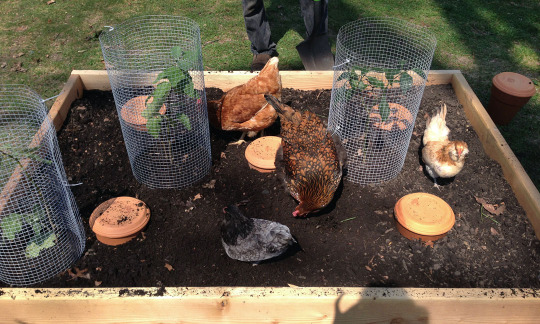
Garden Irrigation with Ollas
Ollas are an unglazed terracotta vessel that traditionally resembles a bulbous vase with a tight neck. The vessel is filled with water then buried in the soil. The water slowly and gently releases through the porous clay to hydrate the plant.
Super bummed out we couldn’t find a pottery studio to make our own, so I’m experimenting with some ~8in high terracotta pots that should serve the same purpose. Protip: reuse wine corks to plug up the drainage hole. I bought matching lids to cover the pots to prevent mosquito infestations and reduce evaporation.
So far so good. I’m only testing on the gardening box that receives the most intense amount of sunlight. The water levels were almost completely drained at 7 days with temperature ranging for 30F to 60F in the past week. I’m sure the water level will go faster in the summer, but at least this means I can take a few days of vacation and not panic. The drawback to my vessels is that it does take away a bit of surface planting space.
I’ll probably do an update this summer to see how things hold up!
1K notes
·
View notes
Text
Bioswales my beloved <3 <3 <3
Reduces stress on the water collection systems, especially during storms!
Stops street flooding!!
Filters contaminants so your groundwater isn't as polluted!
Creates little pockets of life in the city where native flora and fauna can flourish!
Costs almost nothing to build and maintain (bc it's self sustaining)!
LOOKS GORGEOUS!!! TAKE A GANDER AT THESE BAD BOIS!!

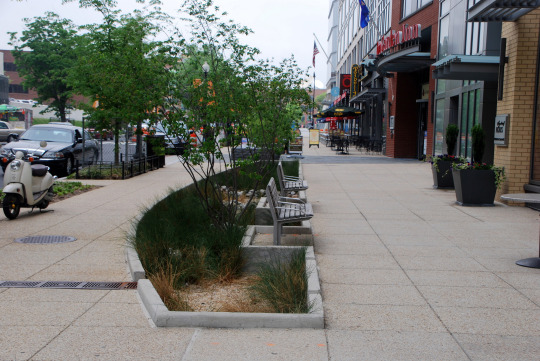
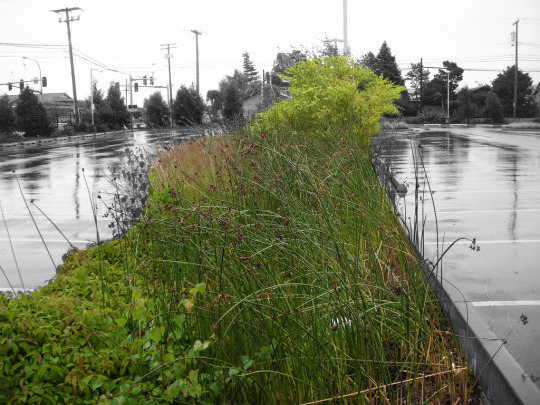
684 notes
·
View notes
Text
Listen. Listen. Most of you have likely never tasted genuine soy sauce as it has historically been made. The vast majority of the entire world population has never actually tasted soy sauce. Because soy sauce takes years of fermentation in a giant custom made squeezable barrel and there's only a very few remaining people who make traditional soy sauce. Only one single company atm afaik makes the special barrels anymore that are required to do it. They make them by order.
Like, can you fucking imagine what a loss it would be if just a single person stopped doing this? If that singular company simply no longer makes the barrel. If those sporadic soy makers moved on or lost their business. Can you even begin to imagine? You can't. There is an entire taste that you have never experienced for yourself because it is dying. And one day it will die and you will never taste it and neither will anyone else ever again.
Saffron crocuses are dying because of climate change. Because of the rising temperatures and drier climates in Iran, the crocuses aren't growing as well, and of course by harvesting the saffron stamens, that prevents the crocuses from being able to go to seed. The balance of this incredibly important historic ingredient is being undone out of circumstances beyond the crocus farmers' control. One day there is a very real chance that a staple ingredient in food across the entirety of the Middle East will no longer exist. No more shirini keshmeshi; no more yakhni pulao; no more mandi djaj. An entire taste will be erased from the world, and all these foods, all these proofs of humanity, of the connections we have with our past and our ancestors, it will be severed as simply as if by a cutting knife.
How can I even begin to cope with the depths of that grief? How do you live with the knowledge that these things could very likely die in your lifetime? That you could witness the atrophying of entire swathes of history and culture happen in realtime, because of greed, because of callous uncaring for others?
How can I explain to anyone why every time I cook with saffron it feels as if I am saying goodbye to someone I love, for the ones who will come after me? Where do I begin to describe to the children who come next the food that our ancestors have eaten for countless generations will never exist for them in the way they were intended to be?
How do I understand my grief when it is based in the knowledge that eventually, it would be impossible to understand?
23K notes
·
View notes
Text

[photo id: several square-ish pots made out of folded newspaper sitting on a wooden table.]
It’s that time of year to start thinking about seed starting, so I decided to try making pots! They’re a little smaller than I really want, but they should do just fine. And better yet, they cost nothing but time, which I have way too much of right now!
1K notes
·
View notes
Text
mushroom growing feels so fake. like i have obviously seen dozens of tutorials where exactly this thing happened, but still, when i get one of my oyster mushrooms and take a bit out and put it in sterilised honey water, i’m still like (shocked pikachu) when it starts to grow wispy little extra bits all over it and generally colonise the liquid culture. in general it feels like cheating that you can just take any sterile part of the mushroom, stick it on agar or in a culturing liquid, and get new mushroom culture that rapidly colonises any grain you give it. like imagine if humans worked that way? like oh shit, horrible accident at the candy factory, jerry lost a finger and it ended up in the syrup vat, we’re all in trouble because nobody knows what to do with the entire extra guy we have now? and unlike getting seeds from shop vegetables, if you pirate a shitake from the shops, you will get the same genetics you see in front of you. absolutely wild
229 notes
·
View notes
Photo

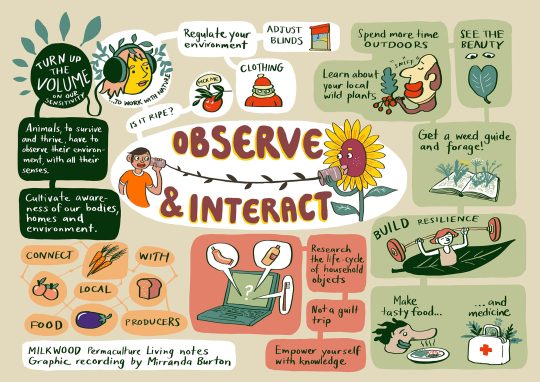

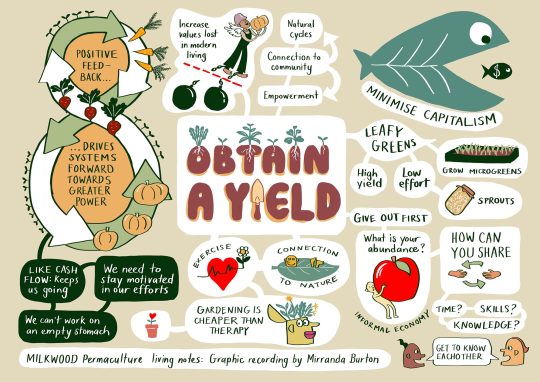

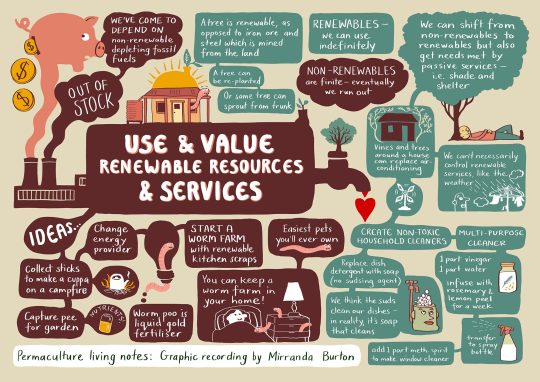






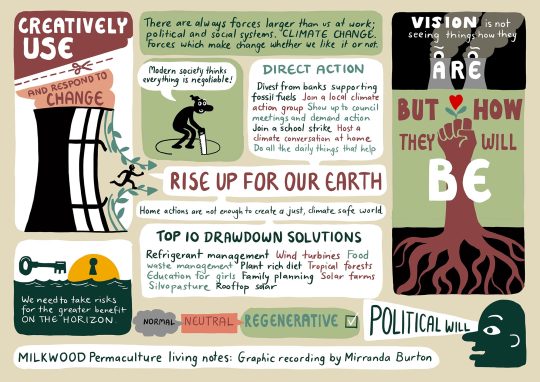
What is Permaculture & The 12 Principles of Permaculture
Graphics by Mirranda Burton, Information from Milkwood’s Online Permaculture Living Course
4K notes
·
View notes
Link
Get the most out of your gardening tools! A basic tutorial in how to care for them using only sandpaper, a sharpener, and linseed oil!
285 notes
·
View notes
Video
135 notes
·
View notes
Text
This website is full of free sewing patterns that will automatically alter to ur measurements
https://freesewing.org
68K notes
·
View notes
Text
COMMUNAL IDEAS TO CHANGE YOUR NEIGHBORHOOD
The Covid-19 crisis has effected people in many ways, financially being one of the most prominent. The concepts below won’t solve food/financial insecurity, but they can change somebody’s day for the better. I do believe acts of kindness can change the world.
The Little Free Pantry
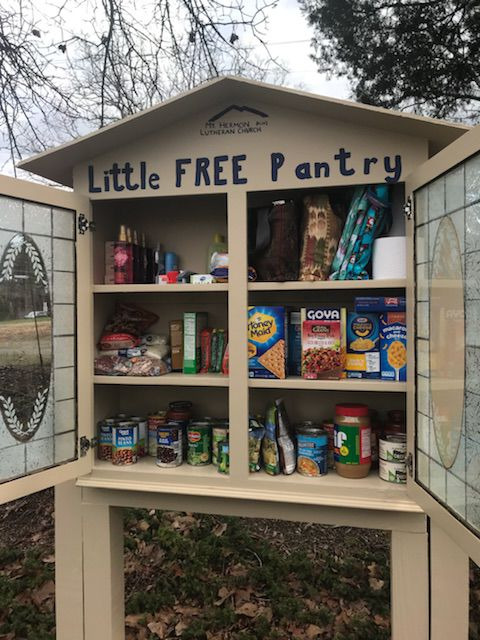
The Little Free Pantry was created by Jessica McClard in Arkansas May 2016 to help combat food insecurity. They are made the same way as the popular Little Free Libraries are!
Things to Donate: non-perishables, school supplies, personal hygiene products
Include: diversified options for different ethnicities and people with diet restrictions (e.g. vegan, gluten free, allergies, etc.)
Tip: some creators are omitting/removing the doors for extra safety precaution for Covid-19
Image Credit
Givebox

The Givebox was created by Andreas Richer a decade ago in Berlin. It is a closet or shed that is made out of reclaimed items (like old windows, doors, or wood) that holds once beloved items or things that you never really use, for people to take for free.
Tip: Decorate and make signage to help passerbyers not confuse it with a garbage bin/area
Image Credit
Community Produce Stand
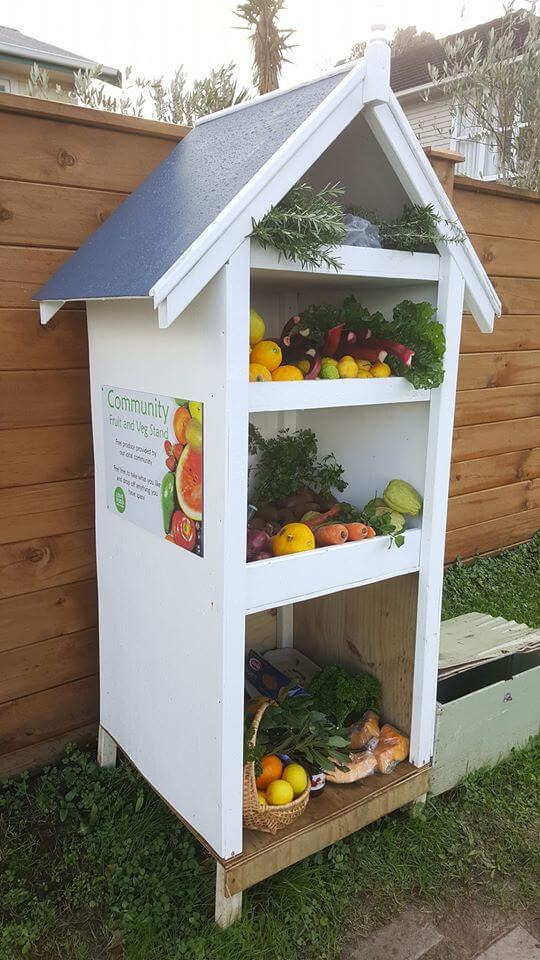
This idea was created by Mark Dennis, who was inspired to do something about food waste. If you have a garden that yields extra food, you could start a Community Produce Stand in your neighborhood. Here is a guide how to set one up!
Foods Accepted: fruits, vegetables, eggs and baked goods (label day you baked/gathered eggs)
Foods Not Accepted: cooked food
Image Credit
2K notes
·
View notes
Photo


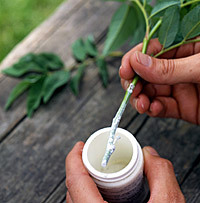
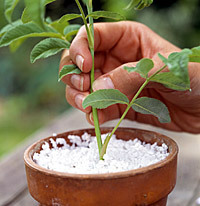
Plant Cuttings!
Most plants can be grown from cuttings meaning that, if you know what you’re doing, they’re a great way to rapidly grow a whole garden full of plants. Or a whole house full, if you’d prefer.
The simplest type are stem cuttings, but many plants can be regrown from other parts like leaves or roots too. As long as there are stem cells in the cutting it’s possible to, with some care, regrow a full plant. In practice, how easy this is depends on the specific plant – but it never hurts to try!
So here are a bunch of how-to resources for anyone who wants to know more.
Basic how-to guide
More basic info
Detailed advice
Taking summer cuttings
Taking root cuttings
Taking leaf cuttings
Taking tip cuttings
Taking hardwood cuttings
Using potatoes to grow cuttings
Some plants which grow well from stem cuttings
Here are some random ideas of things to do with cuttings…
Buy a rose bush. The good ones like damask roses can be expensive, but that’s ok. Prune it extensively and plant the stems as cuttings. You’ll soon have a whole host of rose bushes! The same thing goes for any other bush or tree. Plant yourself an apple orchard or a raspberry grove!
Buy fresh herbs. Cook with the leaves. Save aside the stems. Grow them as cuttings. Create a herb garden in your windowsill.
Going out for a walk? Carry a small jar in your bag with some damp tissue in the bottom, and a small pair of study scissors. If you see any wild plants or trees you like the look of, snip off a small stem (from somewhere discrete!) and keep it in the jar. Grow it as a cutting when you get home. (Note: I’d advise against doing this in gardens, parks, or other privately owned areas. Technically, that’s theft.)
Grow kitchen scraps.
When you buy potatoes, check them for sprouts. Sprouting potatoes can be cut up into pieces, so each piece has at least one sprout or eye. Leave them overnight to dry off a little, then plant them. Soon you’ll have a whole potato patch. Just like Mark Watney.
If a friend has an interesting plant in their garden/home/office/wherever, ask them if you can take a small cutting. Most people won’t mind.
If there are trees or shrubs in your garden, you’ll probably need to prune them occasionally. Grow the pruned stems and branches as hardwood cuttings. If you don’t have space for more trees in your garden, they make good gifts once they’re established.
4K notes
·
View notes
Text
My mentor: I wanna do a wall garden, because it doesnt take up too much space
Me, already vibrating from the dopamine and adrenaline: Let's talk about espaliers
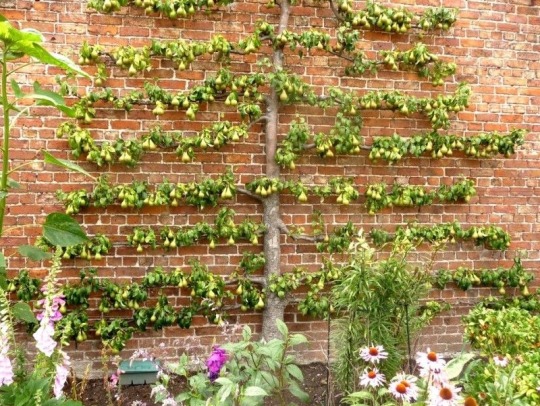
47K notes
·
View notes
Link
For the past 64 years, Jim Enote has planted a waffle garden, sunken garden beds enclosed by clay-heavy walls that he learned to build from his grandmother. This year, he planted onions and chiles, which he waters from a nearby stream. It’s an Indigenous farming tradition suited for the semi-arid, high-altitude desert of the Zuni Pueblo in New Mexico, where waffle gardens have long flourished and Enote has farmed since childhood.
“They are the inverse of raised beds, and for an area where it is more arid, they’re actually very efficient at conserving water,” said Enote, who leads the Colorado Plateau Foundation to protect Indigenous land, traditions, and water. Each interior cell of the waffle covers about a square foot of land, just below ground-level, and the raised, mounded earthen walls are designed to help keep moisture in the soil.
Similar sunken beds for growing food with less water have been used globally in arid regions, arising independently by Indigenous farmers, including across distinct Pueblo tribes in the Southwest. “When you have ecological equivalents you often have cultural equivalents,” said Enote. As climate change deepens, he sees this tradition as one of many ways to adapt while building food security and sovereignty.
5K notes
·
View notes
Text
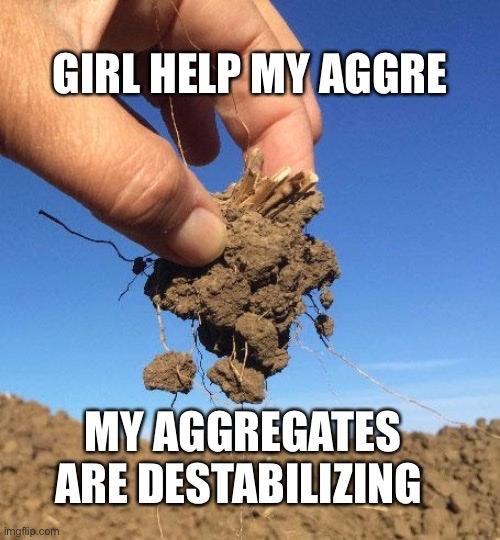
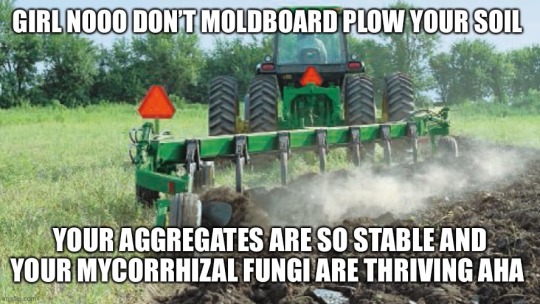
my soil science final projects are kicking my ass so I’m making highly specific memes to cope
754 notes
·
View notes